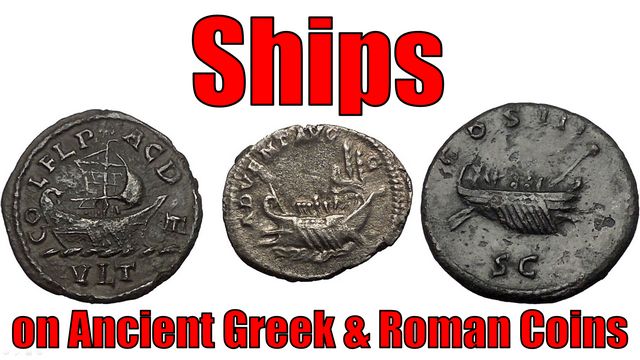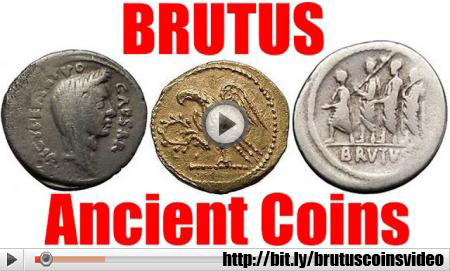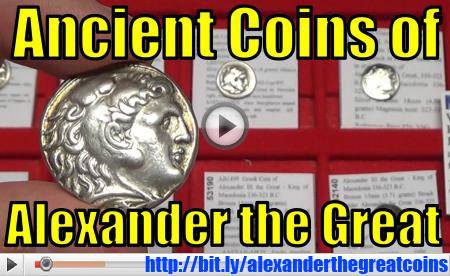How the Romans controlled a vast empire through outposts on their frontiers using fire signals to marshal their forces
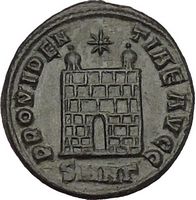
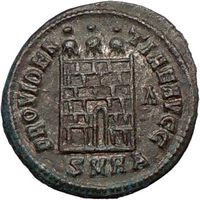
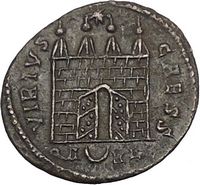
Examples of ancient Roman camp gates from the period of Constantine I featuring 2-4 turrets
A recent interpretation or meaning has come about that the turrets on fourth century camp gates were actually a sort of a signal beacon, using fires to send messages. Most ancient Roman coins depicting the camp gate featured the inscription PROVIDENTIAE AVG or PROVIDENTIAE CAES. The root of the word providentia is provideo which means foresight. Providentia being the quality of the emperor caring for his people with an aspect of it, looking out for the security of the frontier. As the ancient Roman coins were used by the Roman emperors as propaganda pieces, it is likely the message it communicated the people were safe from invasions. During this time period, protection of the frontier would have been an important issue for the empire.
The fire signal was used since the time of the Greeks, so it is likely that these coins actually were a way of saying that he had improved it and made it more effective. One of the most famous examples of the fire signal being used was during the American Revolution by Henry Wadsworth Longfellow in his famous poem Paul Revere's ride. "One if by land two if by sea". This helped Paul Revere to receive the signal and raise everyone of to arms.
It was the author Polybius, who lived circa 200-118 B.C., that informs us that Philip V, the king of Macedon was being kept informed of what happened in Phocis and Boeotia by fire signal. And Julius Caesar was informed by fire signal about the movement of Pompey the Great's troops during the civil war.
Polybius described two systems of using the fire signal. One was having two vessels of water of the same size and the same sized hole in them. At each level of water was a specific agreed-upon message. So when the torch was raised, the other tower would open the cork and was then given the signal to stop the water at the specific message. This would have been useful system and efficient with practice, however it could not send unforeseen messages. So Polybius describes a system which he claims to have refined using two sets of five torches, dividing the alphabet into five parts. So for the first letter one torch on the left would be lifted, and one torch on the right. For letter number six, two torches on the left and one on the right and so forth.
The ancient author Polybius writes:
"I don't think I can continue without a full discussion of fire signaling, which is now of the greatest military value, but which used to have major shortcomings. Timing is obviously important for success in any matter; but especially in war, and fire signals are the most efficient means of helping us. They can tell us what has only just happened or even what is currently happening and, with them, anyone who wishes can be kept informed even at a range of three, four, or more day's travel. Help can thus be summoned by signal surprisingly quickly when needed. At one time, fire signals were just beacons, and so were frequently of only limited use to their users. For they could only be used for pre-arranged signals and as real events are unpredictable, they could generally not be communicated by fire-signals. If we take the example I have just mentioned [Philip V ], one could send news that a fleet had arrived at Oreus, Peparethus or Chalcis, once one had arranged the relevant signals, but once could still not use fire signals to say that some of the inhabitants had changed sides, or been guilty of treachery, or that a massacre had happened in the town, or anything else of this nature. This sort of thing happens often but cannot be anticipated and it is generally the unexpected events, which demand fast decisions and responses. yet it was here the earlier system broke down, because it is impossible to agree on a signal for what one cannot foresee."
Another ancient author Julius Africanus from 220-245 A.D., describes how a fire signal was sent in his work the Kestoi:
"The Romans have the following technique, which seems to me to be amazing. If they want to communicate something by fire signal, they make the signals so: they select places that are suitable for making fire signals. They divide the fires into a right, a left and a middle fire so they read alpha to theta from the left-hand one, iota to pi from the middle one and rho to omega from the right-hand fire. If they signal alpha, they raise up the fire signal on the left once, for beta twice and for gamma three times. If they signal iota they raise the middle fire once, for kappa twice and for lambda thrice, and if they want to signal rho, sigma or tau, they raise the right-hand signal once, twice or three times. In this way should you want to signal rho you do not need to raise hundreds of fire signals, but, only one with the right-hand torch. Those who receive the signals then de-code them in the same way, or pass them on to the next station."
The system that this ancient author describes would work well with either the Greek or Roman alphabet as both have 24 letters. This description fits the three-turreted camp gate precisely. So it would be easy to adapt this fire signal to 2, turrets by having each beacon being 12 letters, 3 being 8 letters, and 4 being 6 letters each.
The ancient description that we saw is a simple rudimentary understanding of it. As this technology had obviously undergone many great adjustments. And this being a highly sensitive technology for the Roman army, the exact codes would have been kept a closely-guarded secret. It is possible that they may have also developed signal of a type similar to the modern Morse code for an even more efficient communication system.
Own the coin types shown in this article:
I have an ancient coin store on eBay where I have thousands available for sale:
See also:
 Download this article by right-clicking here and selecting save as
Download this article by right-clicking here and selecting save as
Article by Ilya Zlobin, world-renowned expert numismatist, enthusiast, author and dealer in authentic ancient Greek, ancient Roman, ancient Byzantine coins and beyond.
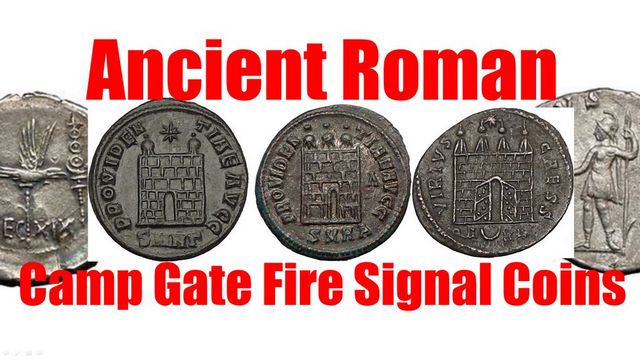
Read Full Article Here: Fire Signal Beacons depicted as the Turrets on Camp Gates of Ancient Roman Coins Cool blog post about numismatic coins. An expert numismatist published this to teach.
from Trusted Ancient Coins - Feed https://www.trustedancientcoins.com/roman-camp-gate-coins/amp/
via https://www.trustedancientcoins.com
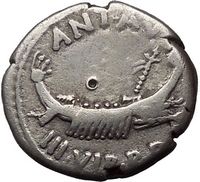
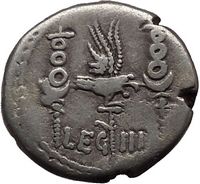
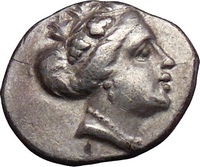
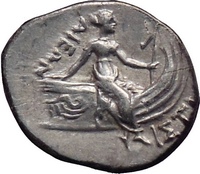
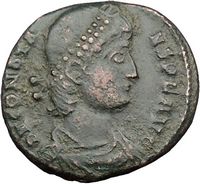
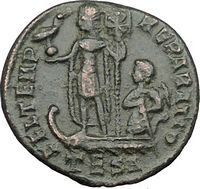
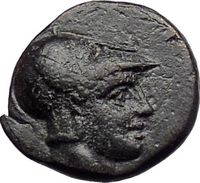
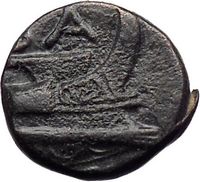
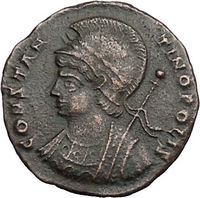
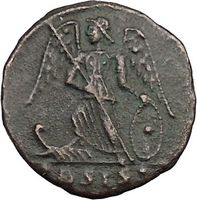
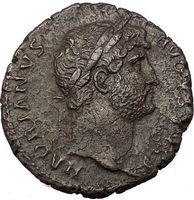
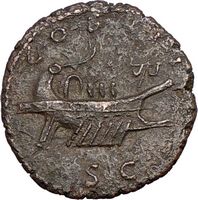
![]() Download this article by right-clicking here and selecting save as
Download this article by right-clicking here and selecting save as